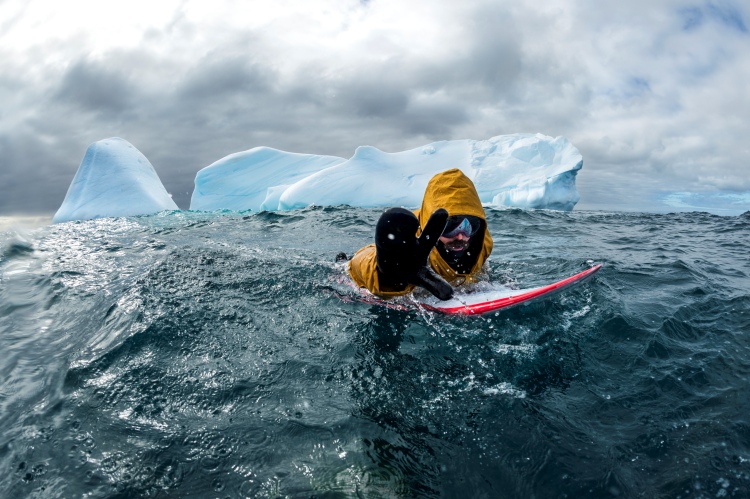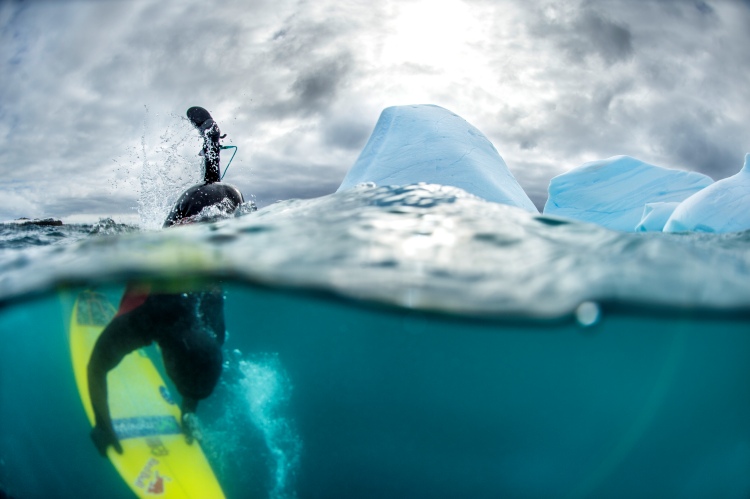Cold water surfing has always been an extreme experience. If you're riding waves in temperatures below 60 °F (16 °C), know what to do if you start suffering from hypothermia.
What is hypothermia? Your average body temperature is 97.7-99.5 °F (36.5-37.5 °C). In theory, hypothermia begins below 95 °F (35 °C).
Now, imagine what happens to your inner machine if it gets exposed to very low temperatures for a long period of time.
Your body will be unable to restore the heat lost, and your organs will start failing and stop working. In other words, excessive cold leads to health problems and, ultimately, death.
The Stages of Hypothermia | Water Temperature Chart
There are four levels of hypothermia: mild, moderate, severe, and profound. For each, there are corresponding symptoms and boy temperatures.
They are as follows:
- Mild (Awake and Shivering): 90-95 °F (32-35 °C)
- Moderate (Drowsy and Not Shivering): 82-90 °F (28-32 °C)
- Severe (Unconscious, Not Shivering): 68-82 °F (20-28 °C)
- Profound (No Vital Signs): < 68 °F (20 °C)
At the mild level, surfers may feel mental confusion, shivering, and hypertension.
As your body temperature starts to fall, you enter a moderate level of hypothermia. You'll notice muscle miscoordination, and your fingers, lips, and ears become blue.
At this stage, your body is only focusing on keeping vital organs warm.
In severe hypothermia conditions, there are critical failures in the heart and circulatory system. You'll suffer amnesia, difficulty in speaking, extreme dizziness, and movement disorders.

Hypothermia: Signs and Symptoms
A water temperature of 50 °F (10 °C) may kill a person in less than an hour, while a near-zero experience will kill an unprotected surfer/swimmer in 15 minutes.
But heat loss in cold water can also be a problem for surfers in wetsuits.
Ninety percent of the body heat loss happens through the skin and 10 percent through your lungs.
That is why surfing in 3/2 mm wetsuits at 50 °F (10 °C) will slowly lead you to mild and moderate hypothermia.
If you feel any of the above symptoms, get out of the water immediately and start rewarming.
Hot water, hot chocolate, tea, coffee, and a warmer environment will steadily restore your original temperature.
Complete the process with a hot bath, and you're good as new.
Have you got boots, gloves, and hoods for winter surfing? Looking for the best cold water surf spots in the world?
